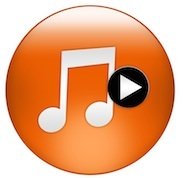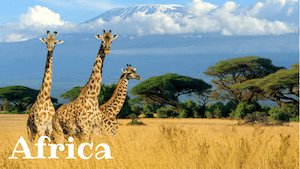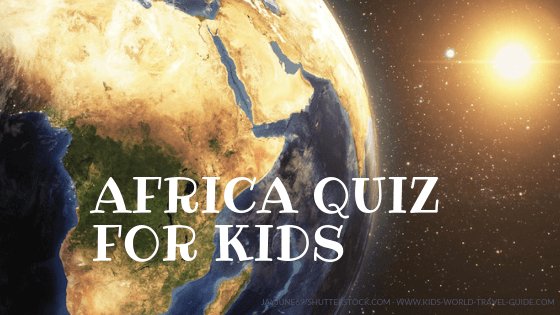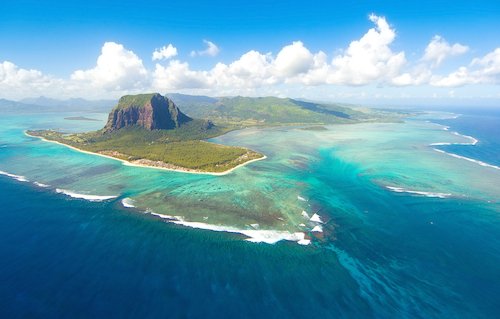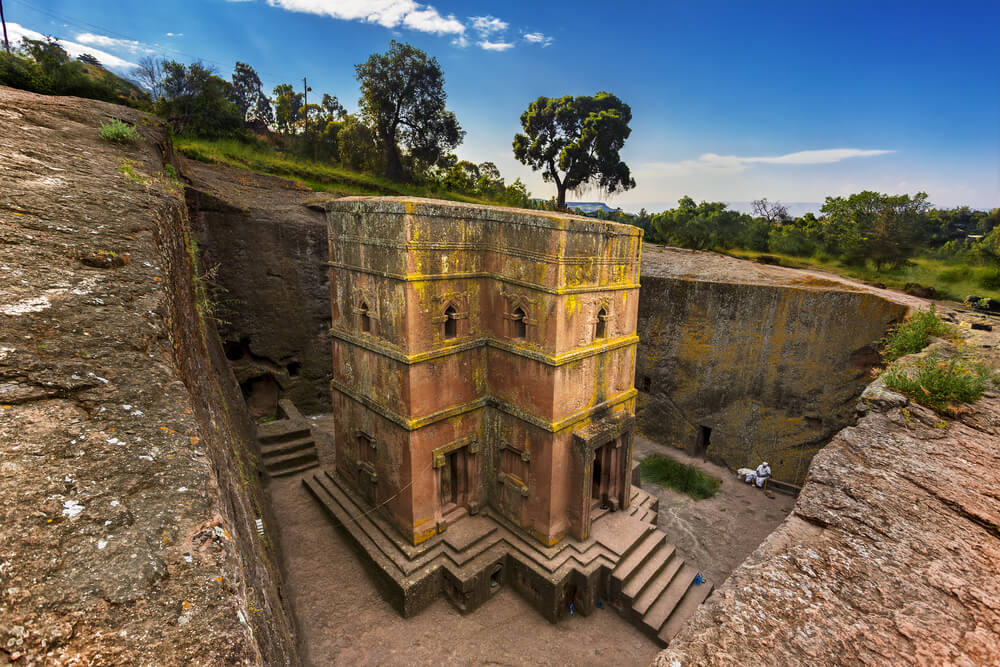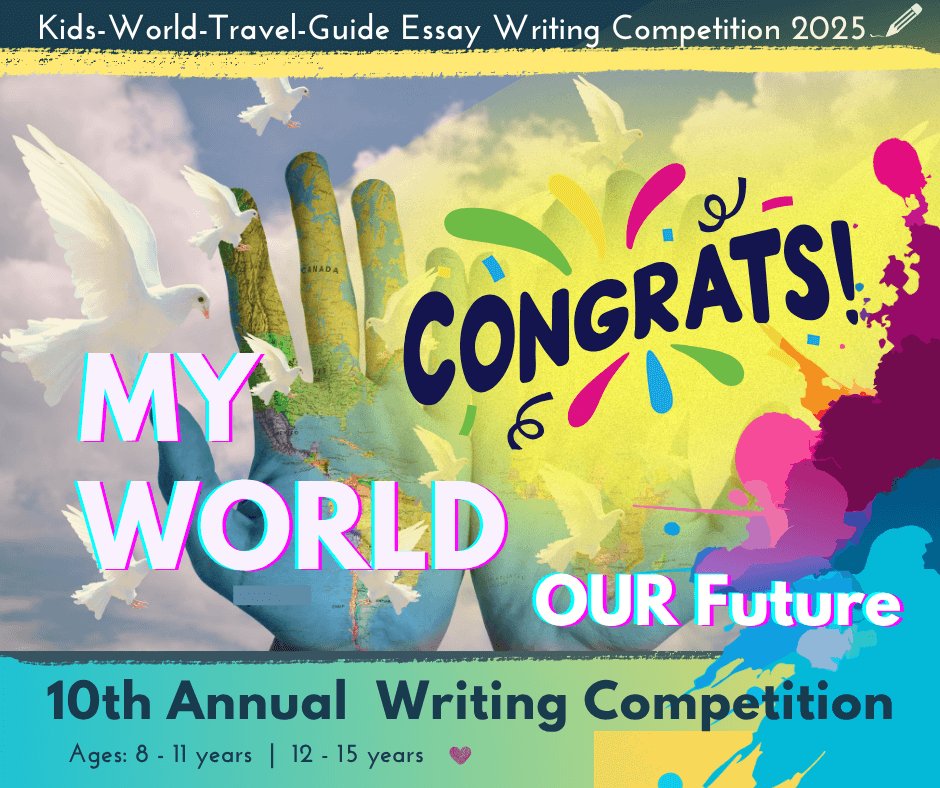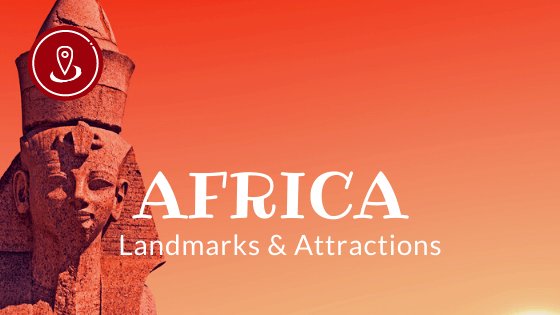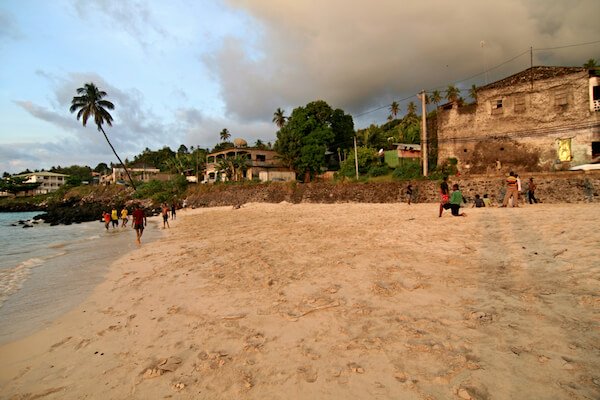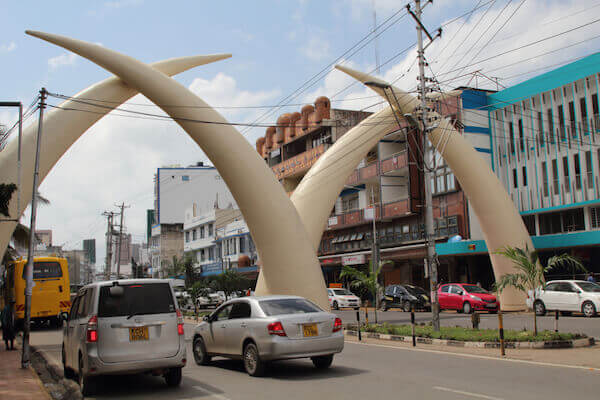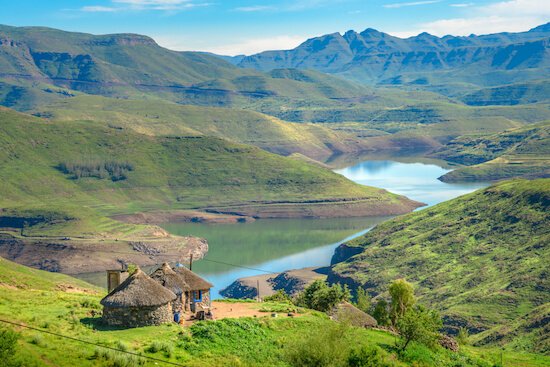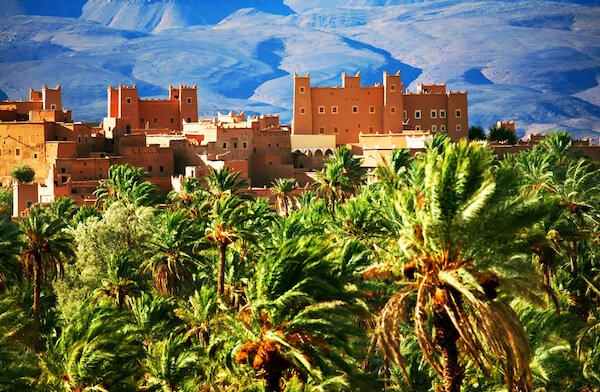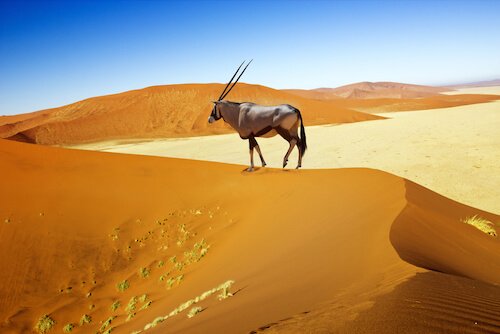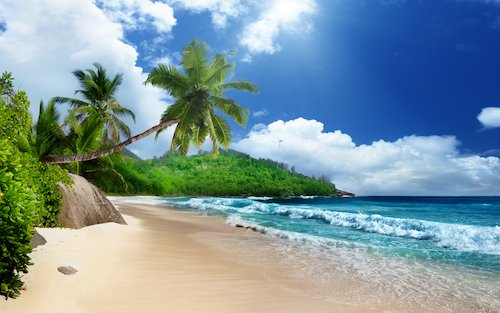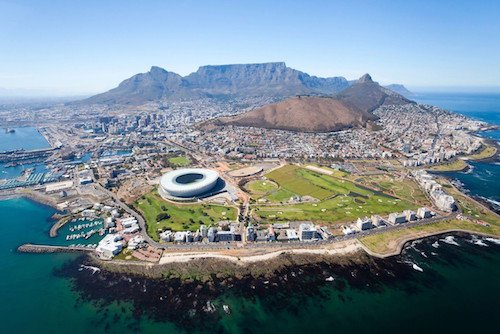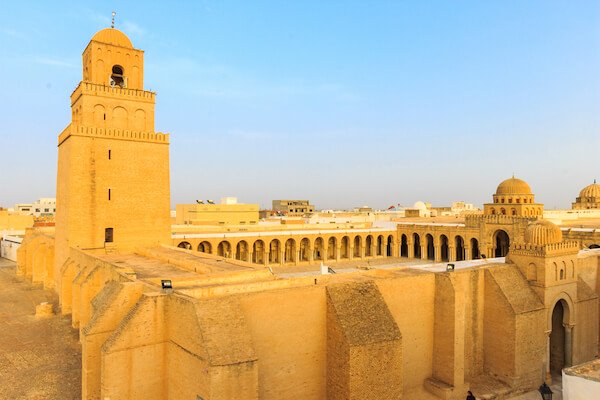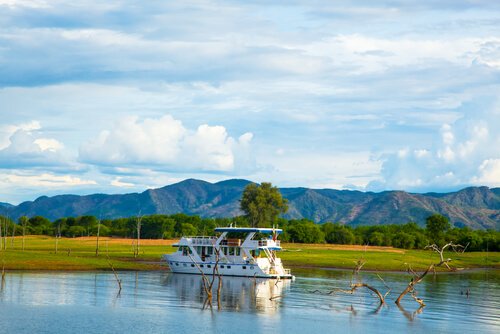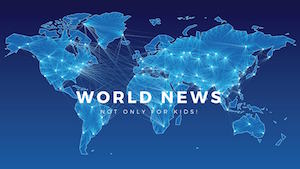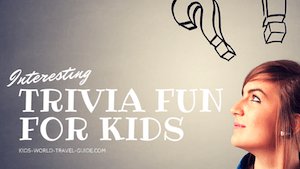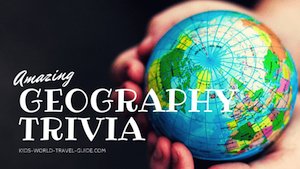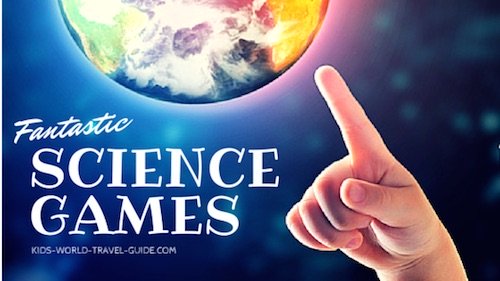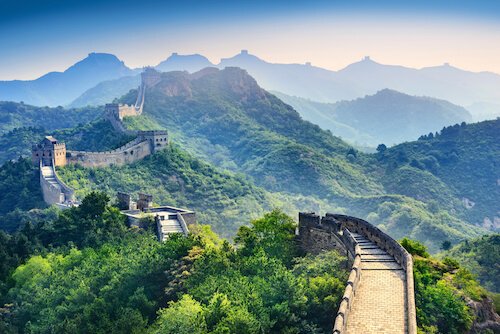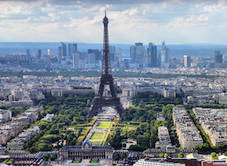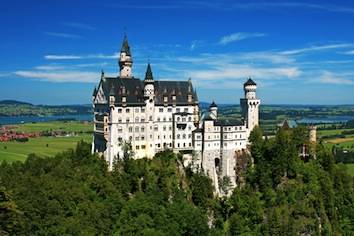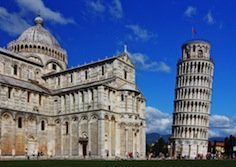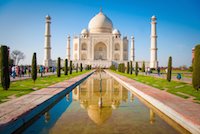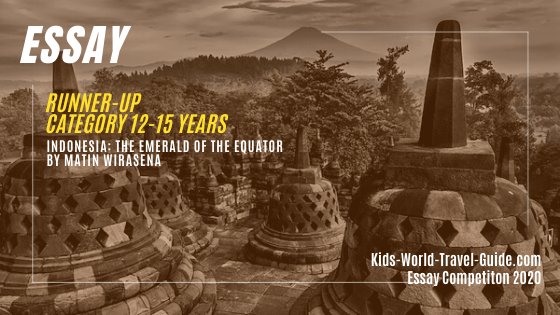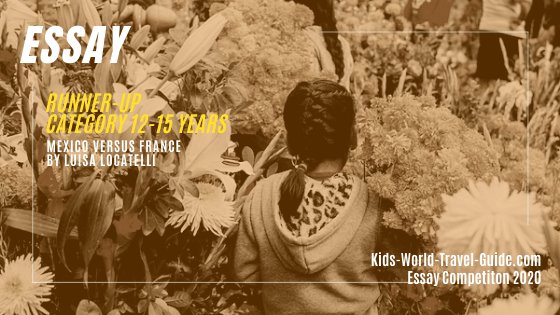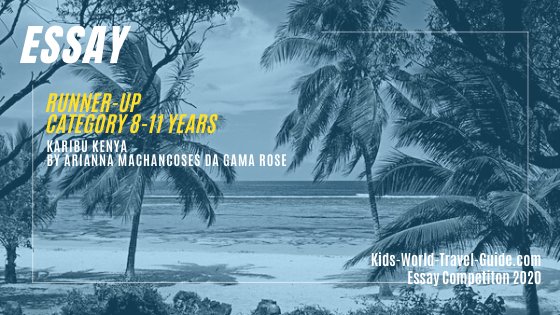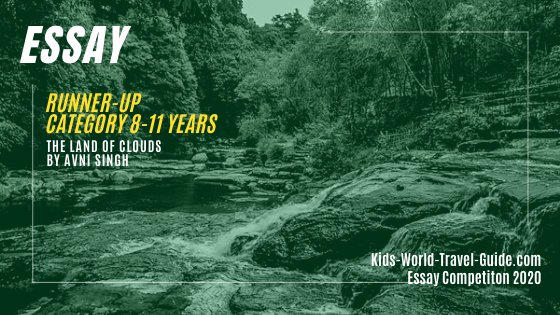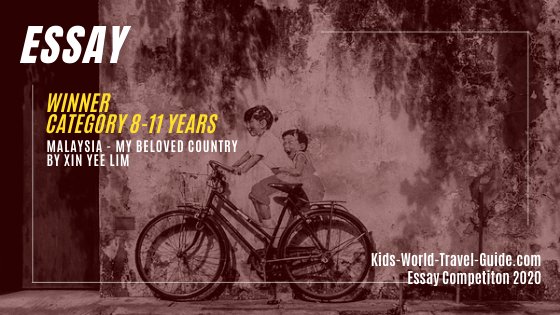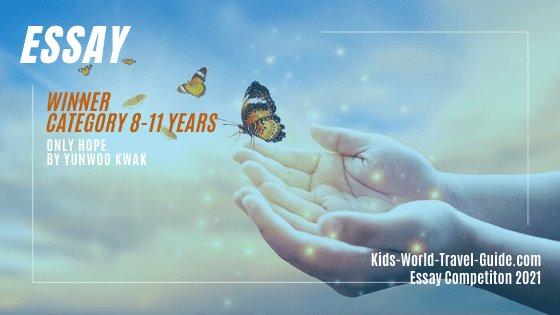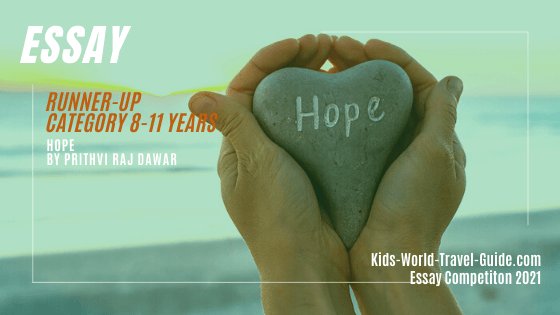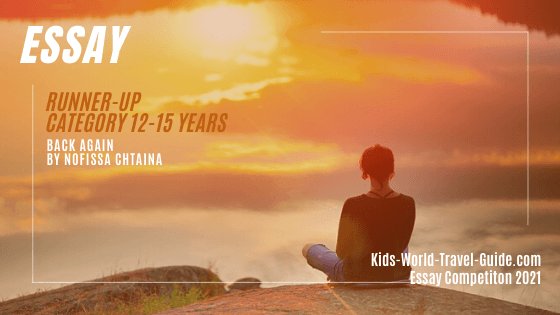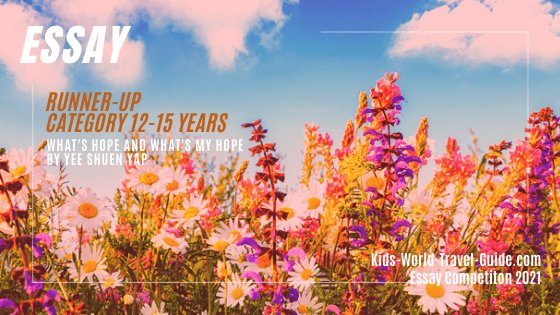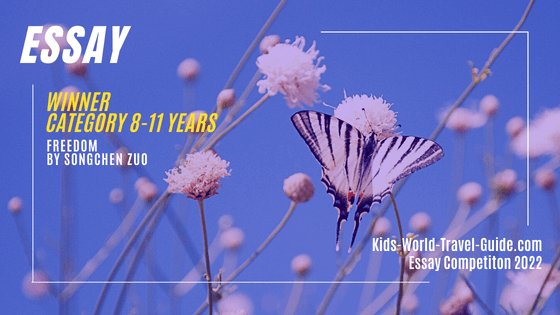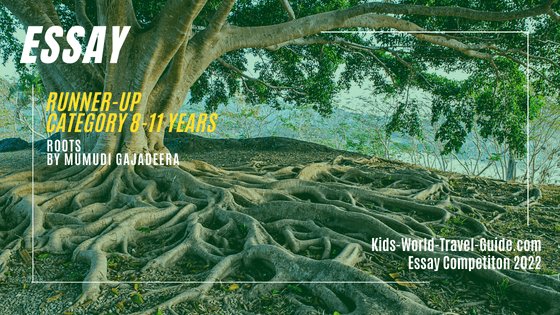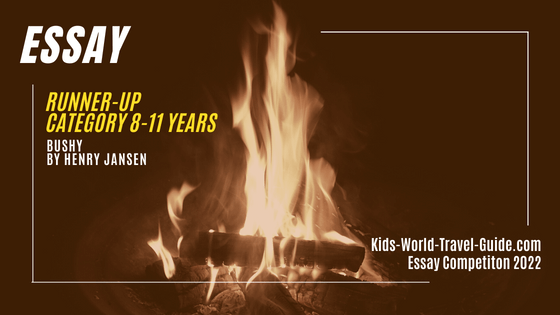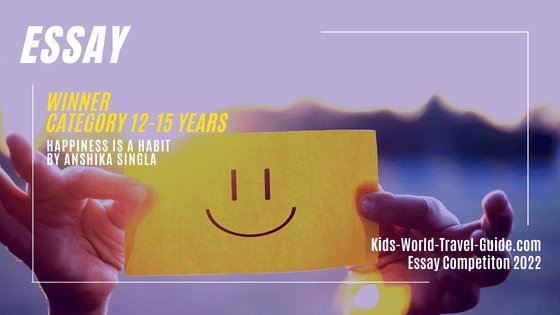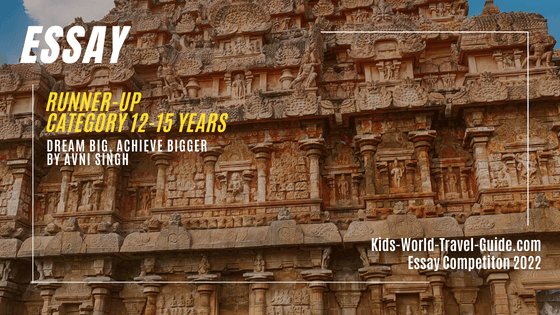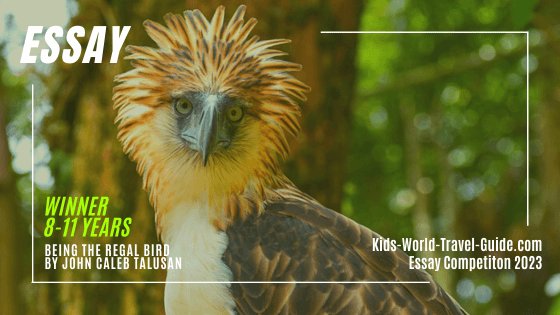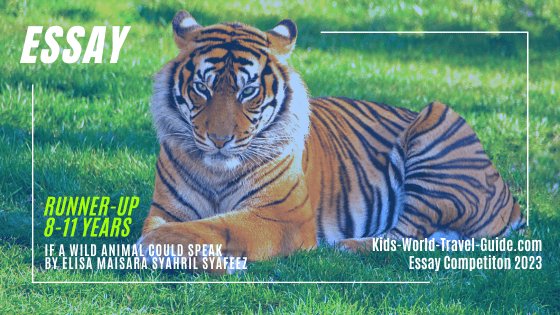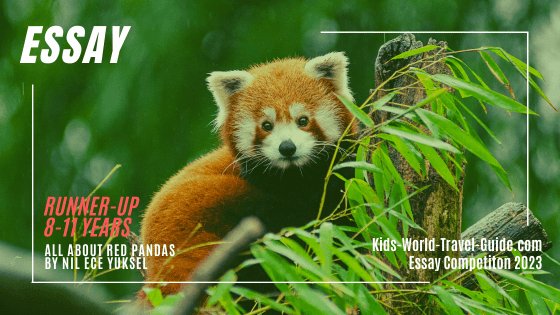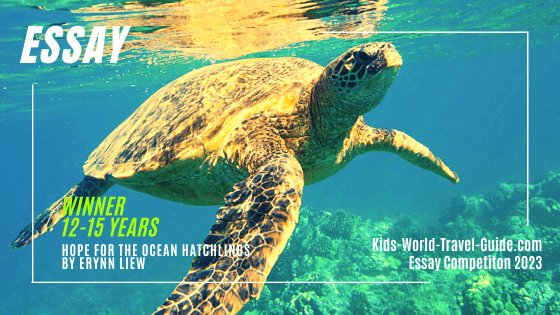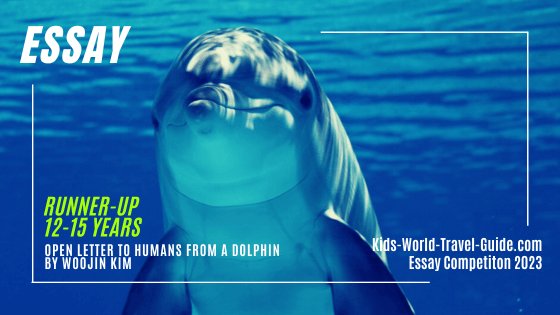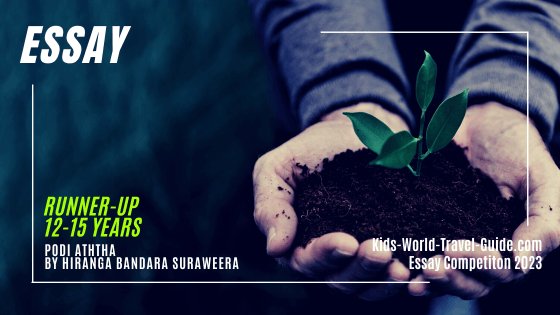togo Facts for Kids
Here are some interesting Togo facts for kids which were chosen and researched by kids especially for kids.
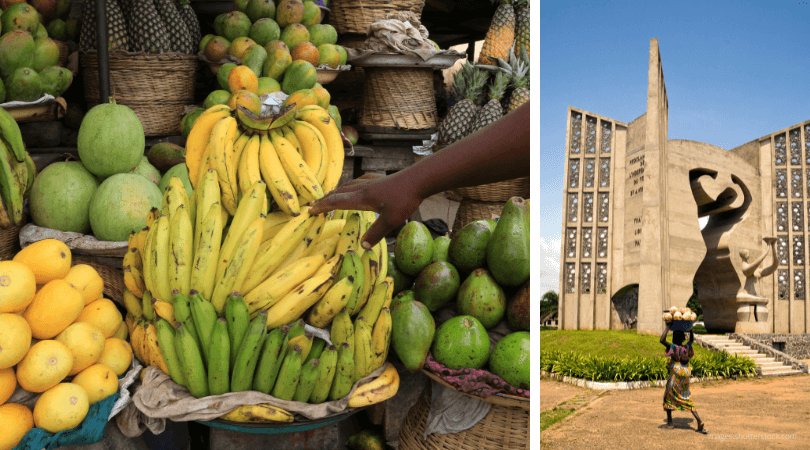 Togo Facts for Kids: Tropical Fruit, Independence Monument
Togo Facts for Kids: Tropical Fruit, Independence MonumentBasic Facts about Togo
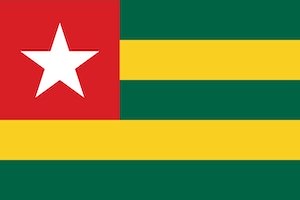 Flag of Togo
Flag of Togo- Continent: Africa
- Population: 33 million people (2024)
- Capital: Lomé with about 2 million inhabitants
- Name: République Togolaise
- Government: Presidential Republic
- Official Language: French
- Religion: predominantly Christian 48%
- Literacy: 67% of people aged 15 years and older can read and write
- Currency: 1 West African CFA franc = 100 centimes
- National Day: 27 April (Independence Day)
- National Animal: lion
- National Flower: pink rose
- National Colours: green, yellow, red and white
- National Anthem: '"Terre de Nos Aïeux" which means "Land of Our Ancestors" in English
- Motto: "Travail, Liberté, Patrie" which means "Work, Freedom, Homeland"
- President: Faure Gnassingbé since 2005
- History: The first settlements in this region date back to the 11th century. The capital city Lomé was originally founded by the Ewe people of Ghana. In the 18th century the coastal region became a major slave trading spot. In 1884 the region became part of the Germans protectorate "Togoland" until World War I when the French took over colonial rule in the area. Togo is independent since April 1960.
Togo Facts | Togo Map
Togo is a country in West Africa. The country borders three countries. Burkina Faso is to the north of Togo. Ghana and Benin are to the west and to the east.
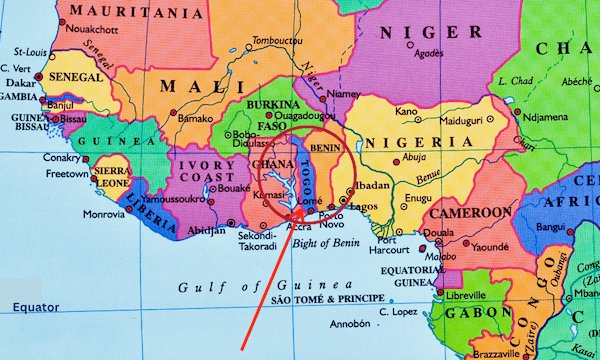 Togo is located in West Africa
Togo is located in West AfricaThe longest border is shared with Ghana.
The country borders the Atlantic Ocean's Gulf of Guinea to the south. The coastline is merely 56 km/ 34 miles long.
Togo is one of the smallest countries in Africa, the country is about the same size as Croatia and larger than many countries in Europe.
Togo is larger than Croatia or more than double the size of Massachusetts/ USA.
Togo Facts for Kids | Togo Geography
The terrain of this African country is varied and Togo has coastal plains with lagoons and marshes in the south, savanna in the central parts of the country and a more mountainous regions in the north.
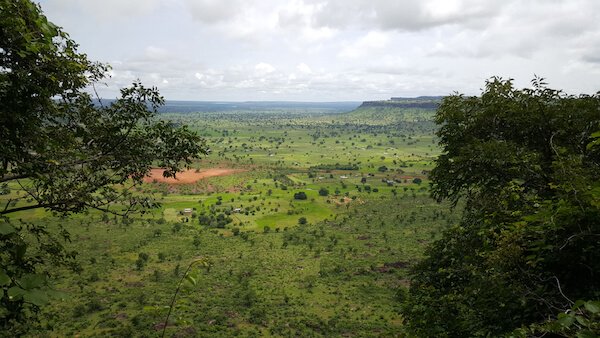 Landscape in northern Togo
Landscape in northern TogoThere are no freshwater lakes in Togo. The main rivers are the Oti River in northern Togo, Mono River which forms part of the border with Benin and the Mo River at the border to Ghana. The Bight of Benin is part of the Gulf of Guinea, in the northeastern part of the tropical Atlantic Ocean.
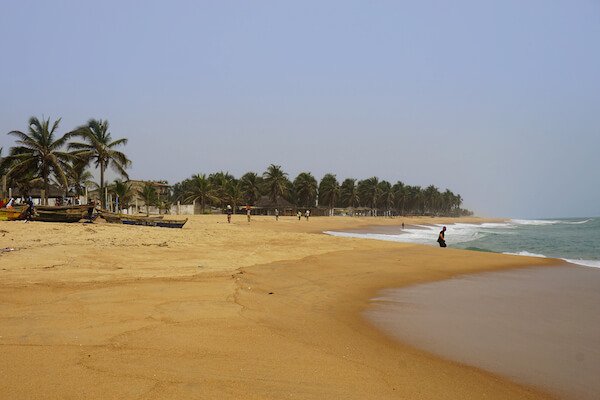 Sandy beaches at Togo's coastline
Sandy beaches at Togo's coastlineTogo is located about 960 km/560 miles north of the Equator. The climate is tropical in the south, but semiarid in the north far from the sea. There is a rainy season from April to October and a dry season from November to March.
 Tropical forest hills in Kloto, southern Togo
Tropical forest hills in Kloto, southern TogoTogo Geography Superlatives
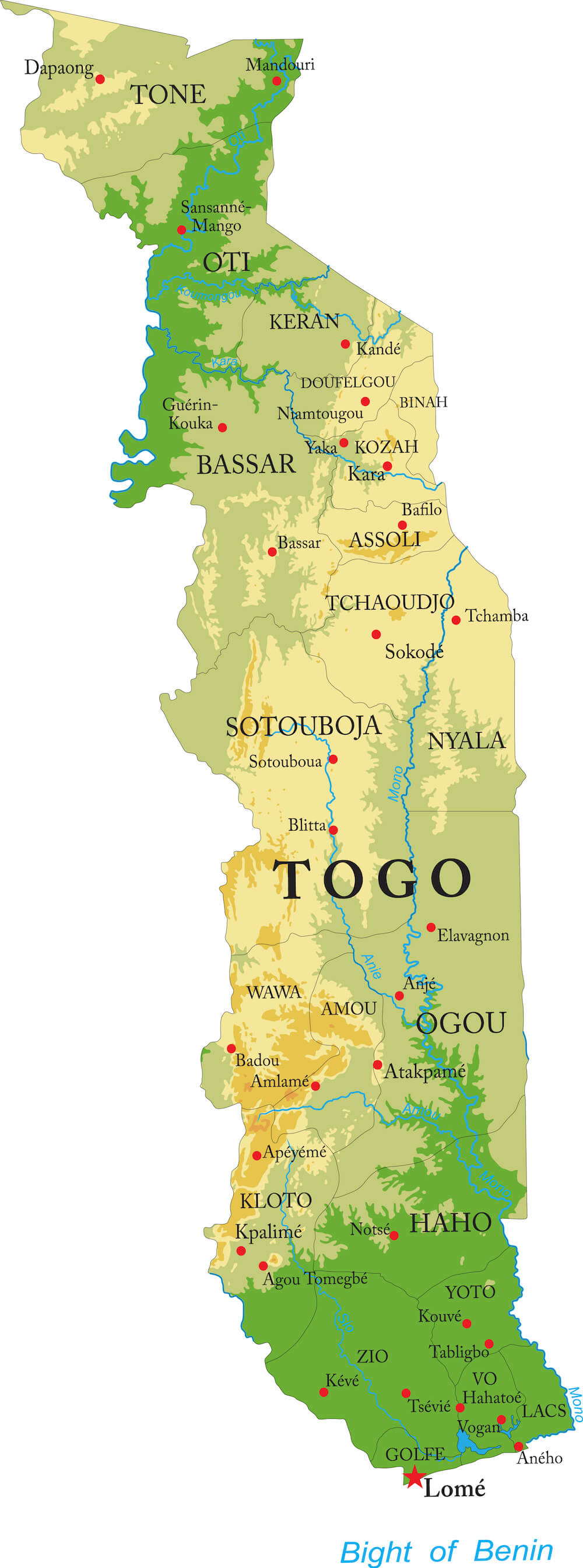
- Togo streches only about 600 km/ 373 miles from north to south and is one of the most narrow and shortest countries in Africa.
- The highest point of Togo is Mount Agou with 885 m/ 2,904 ft.
- The longest river of Togo is the Mono River with about 400 km/ 250 miles in length.
- The largest city of Togo is Lomé, the capital city. The name 'Lomé' refers to the Ewe term for 'forest of alo' as there are many alo trees, which are used by the locals around the city.
- There is one UNESCO world heritage site in Togo: The Koutammakou, the cultural landscape of the Batammariba people, who are usually referred to as Tammari people.
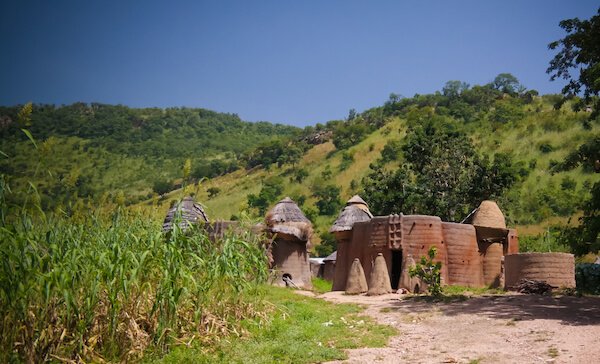 Village of the Tammari people in northern Togo
Village of the Tammari people in northern TogoTogo Facts | Landmarks and
Tourist Attractions in Togo
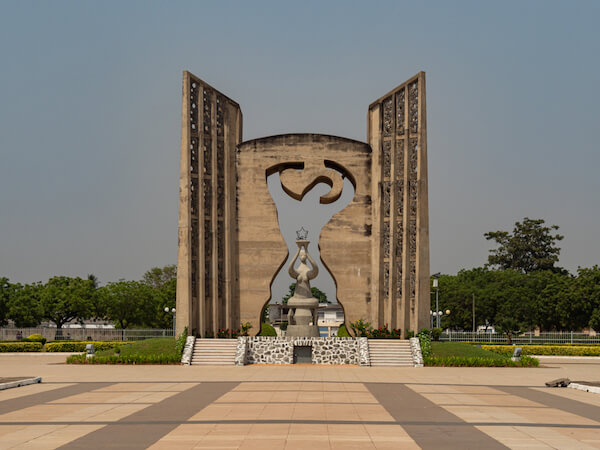 Togo's Independence Monument in Lomé - image by Beata Tabak
Togo's Independence Monument in Lomé - image by Beata Tabak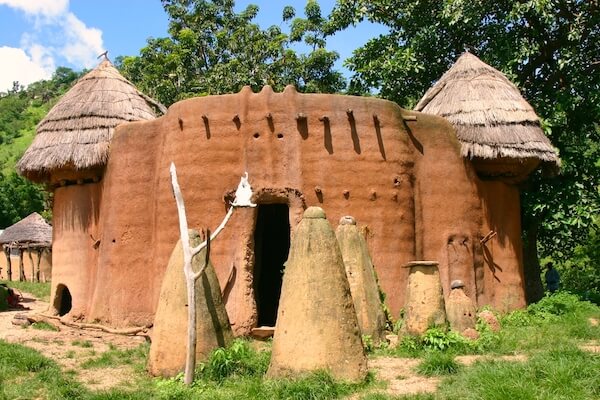 Traditional mud huts of the Batammariba people in Koutammakou
Traditional mud huts of the Batammariba people in Koutammakou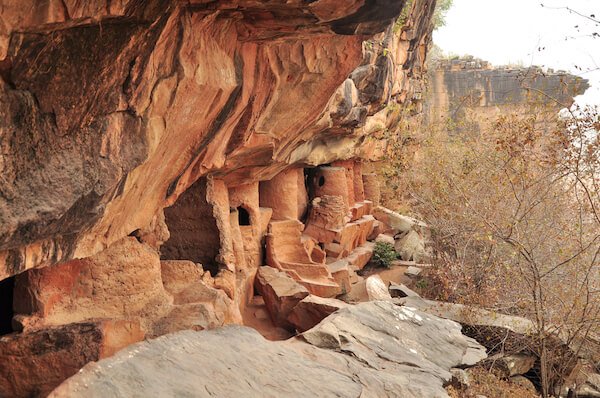 Nok Cave houses
Nok Cave houses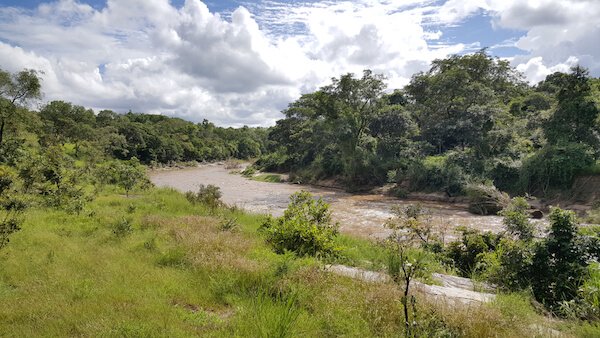 Fazao-Malfakassa National Park
Fazao-Malfakassa National Park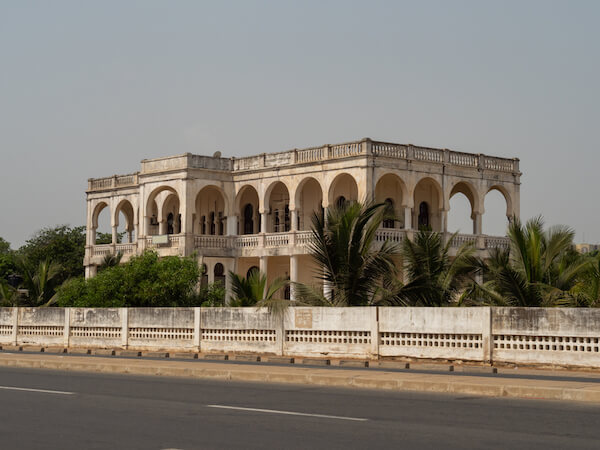 Togo Palace
Togo Palace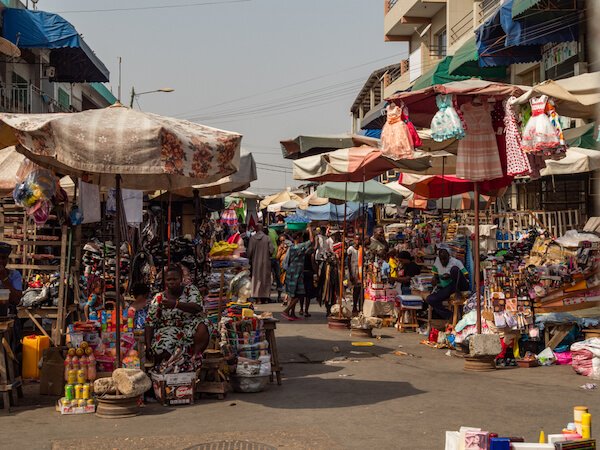 Togo's main market place: Asigame Market in Lomé - image by Beata Tabak
Togo's main market place: Asigame Market in Lomé - image by Beata TabakTogo Facts for Kids | Togo People
The country is home to over 40 ethnic groups, each with its own distinct culture and traditions.
The Adja-Ewe and Mina people are the largest ethnic group making up about half of the population. The Kabye (Kabiyé) and Akan make up more than a third of the population.
The official language in Togo is French, but there are many indigenous languages spoken. Most Togolese speak Ewe or Mina, Kabiyé or Dagomba.
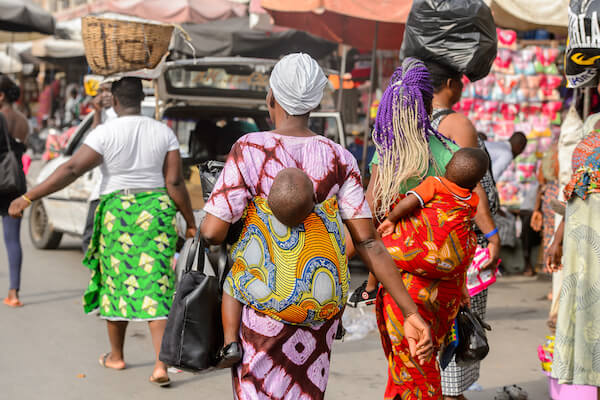 Visit to Grand Marché - image by Anton Ivanov
Visit to Grand Marché - image by Anton IvanovThe largest cities are Lomé with more than two million people living in the metropolitan area, Sokodé with 190,000 inhabitants and Kara with 110,000 inhabitants. Most of the Togolese live in the country’s south near the Atlantic coastline or in the north at the border to Burkina Faso.
Togo has a very young population with almost 60% of the Togolese under 25 years of age. About 39% of the population are children under 14 years and the median age is under 21 years. On average, mothers have four children. The population is expected to grow to 15.4 million by 2050 according to the WHO (World Health Organisation).
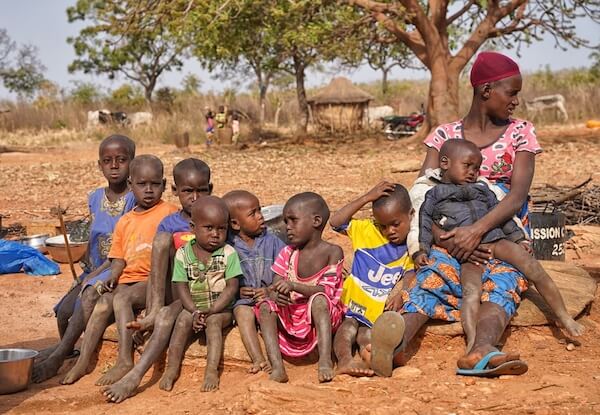 Togolese children - image by Anita in Travel/shutterstock.com
Togolese children - image by Anita in Travel/shutterstock.comTogo is known for its colorful textile arts, particularly batik and kente cloth, as well as traditional wood carvings.
Kente Fabrics are known worldwide for their cheerful coloured stripes and woven patterns. The patterns refer to different traditions of the region and the Kente cloths are worn for social and religious events not only in Togo, but in neighbouring Ghana too.
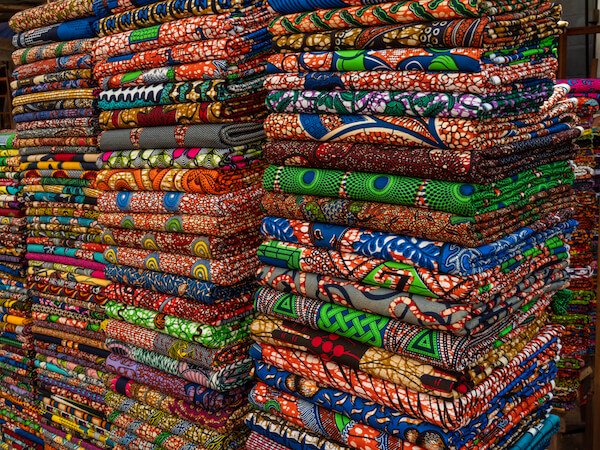 Traditional Kente fabric
Traditional Kente fabricSoccer is the most popular sport in Togo with Basketball also popular with the younger Togolese.
Food in Togo | Togo Facts
Cassava (or manioc), corn, millet and plantains as well as yams are staple foods in Togo. The country is rich in tropical fruits such as coconuts, bananas, pineapples, mangos, okra and cashews.
Togo Facts for Kids
Animals in Togo
Togo is home to various wildlife species including almost 200 mammal species, 107 species of reptiles and over 670 species of birds. There are monkeys, hippopotamuses, lions elephants and antelopes such as bushbucks, common duikers, oribi and waterbucks.
There are three national parks and many protected areas and nature reserves. In Oti-Kéran National Park in northern Togo you can encounter elephants, various antelopes and zebras.
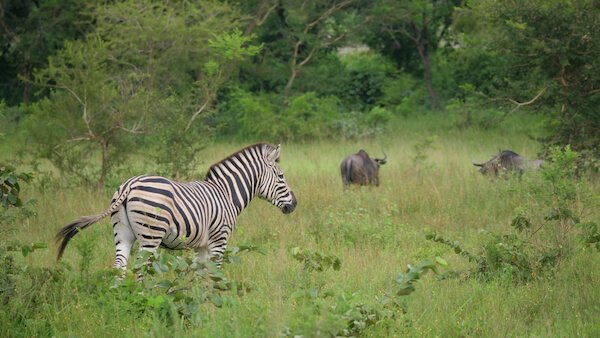 Zebra and other wildlife in Oti-Kéran National Park
Zebra and other wildlife in Oti-Kéran National ParkThe coastal waters of Togo are rich in marine life, including fish and sea turtles. home to endangered species like the West African manatee in coastal regions.
Economy in Togo
Togo is one of the least developed countries and about live in dire poverty. More than half of the population work in agriculture. The main agricultural products are cassava, cotton and maize, however, a lack of water and fertiliser only allow for a very small number of crops.
Among the main exports are also refined petroleum and soybeans as well as coffee, cocoa, copra, and oil palm kernels.
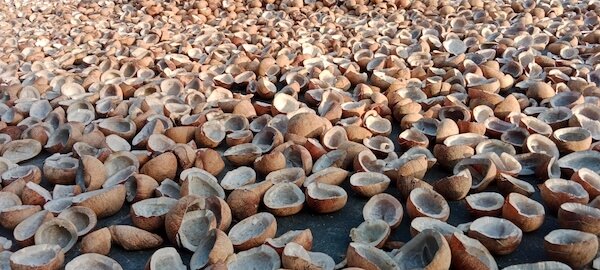 Copra
CopraThe economy heavily depends on agricultural produce but also on natural mineral resources such as phosphate rock, marble, limestone and gold.
Gold is the first most exported product. The main destination for Togo's Gold are the United Arab Emirates (UAE).
Lomé has one of the largest deep-water ports in West Africa, which is crucial for trade.
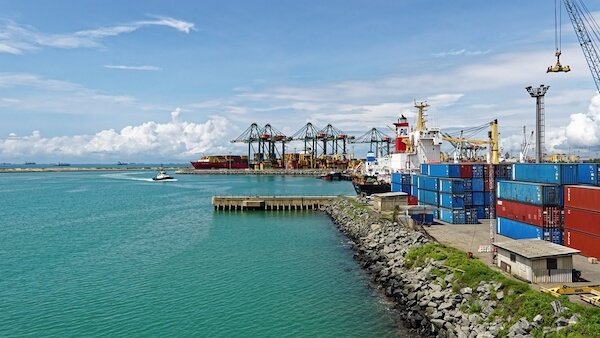 Lomé port
Lomé portThe main trade partners of Togo are the UAE, India, South Korea, China, Cote d'Ivoire and South Africa.
Togo Facts for Kids | Resources
Source for Togo Facts page:
- Central Intelligence Agency. "Togo". WorldFactBook 24 August 2024. Last accessed 13 September 2024
- High Commission of Togo in London/UK. "Tourism." TogoHCLondon. Last accessed 13 September 2024
- Mensah Agbenou. "Preserving tradition: Kente Weaving in Togo." OkayAfrica. 8 September 2023. Last accessed 13 September 2024
Image Credits on Togo Facts: Anton Ivanov/ shutterstock.com; Togo woman and children image by Anita in Travel/shutterstock.com and other photo stock from shutterstock and wikicommons, if not otherwise stated.
We hope you enjoyed reading our Togo Facts. Please bookmark this page and spread the word. We will add more information in the near future as we get more insights from partnering schools.
Popular Pages
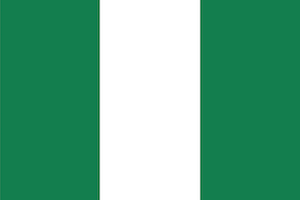 Nigeria Facts for Kids Nigeria Facts for Kids |
***
Other African Countries
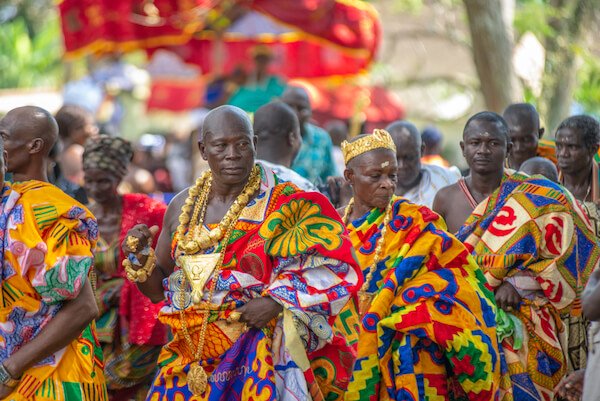 Ghana
GhanaLike what you read?

|
Simply share the html code below. Copy and paste onto your website, blog or Facebook page: <a href="https://www.kids-world-travel-guide.com/togo-facts.html">Kids World Travel Guide: Togo Facts for Kids</a> |
